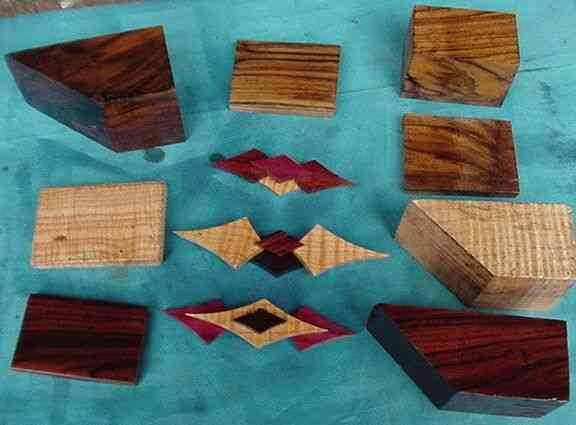
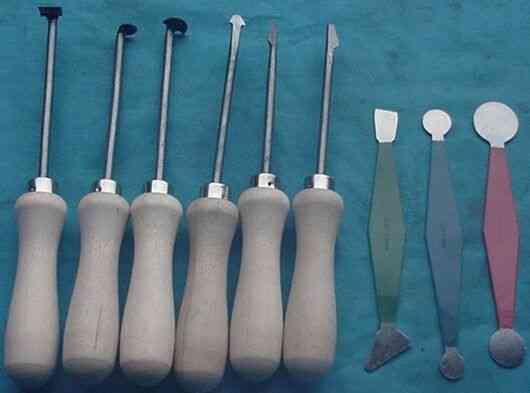
Some inlays and pieces for grip and tip caps. Some inletting and barrel channeling tools.
pictures are compliments of Wright's Gunstock Blanks who also sells this stuff. Tools are also available through Brownells and others.


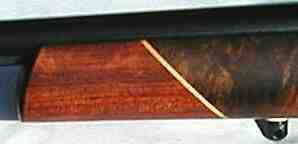

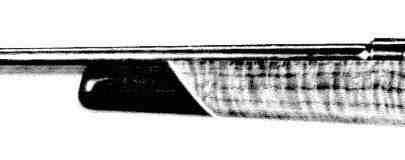

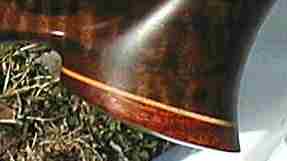

Text and graphics Copyright 2000-2006© Riflestock.Net. Written and compiled by Roger C. Linger. Email: austin_long@yahoo.com |